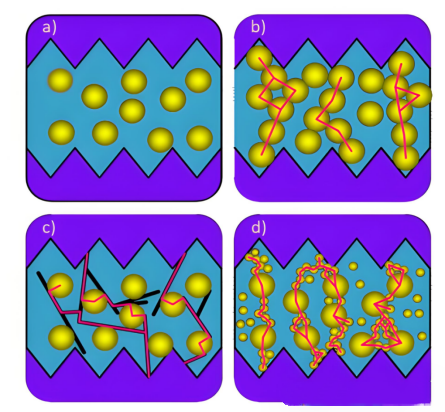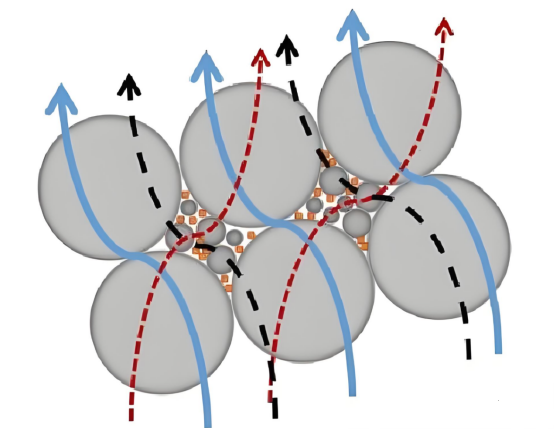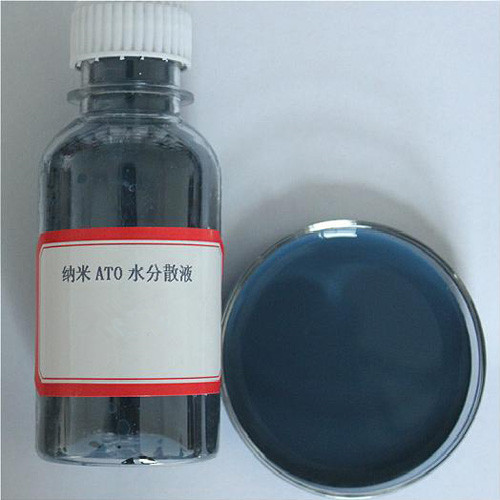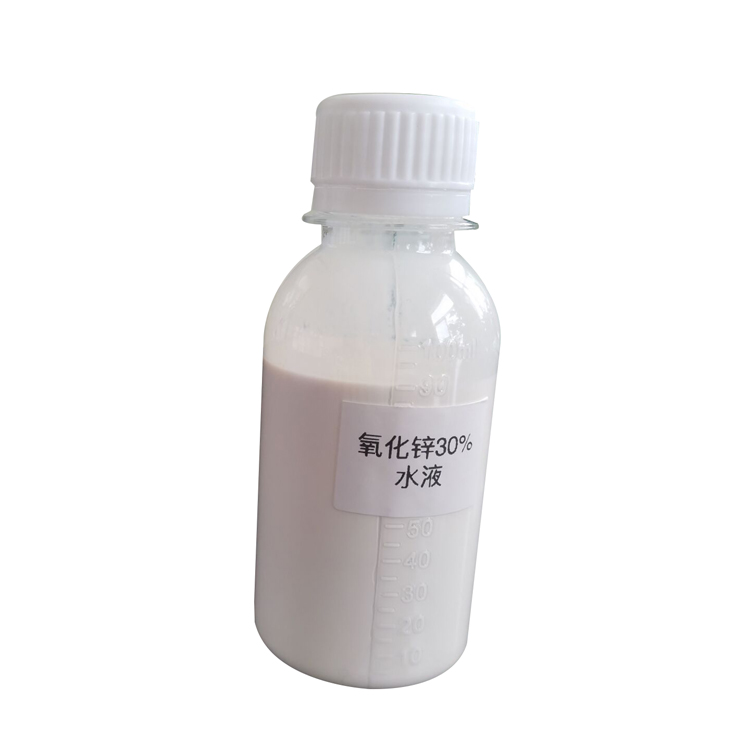1、 What is thermal conductive filler?
Thermal conductive filler is a functional material added to matrix materials such as plastics, rubber, adhesives, etc. to improve their thermal conductivity. They significantly improve the thermal conductivity efficiency of composite materials by forming thermal conduction pathways or networks, and are widely used in electronic device heat dissipation, LED lighting, energy storage, aerospace and other fields.

The mechanism of thermal conductive fillers mainly achieves efficient heat transfer by forming thermal conductive channels, enhancing phonon transfer, and electron conduction. Here are the specific mechanisms:
Formation of thermal conduction path
The filler forms continuous thermal conductivity channels in the polymer matrix, through which heat flow is transmitted, bypassing the high thermal resistance areas of the matrix. When the filler content is low, their random distribution makes it difficult to form effective pathways; As the filler increases, they come into contact with each other to form a chain or network structure, significantly improving thermal conductivity.
Phonon conduction enhancement
Non metallic materials such as silicon carbide and aluminum nitride transfer heat through lattice vibrations (phonons). The higher the thermal conductivity of the filler (such as boron nitride reaching 320 W/(m · K)), the higher the phonon transfer efficiency, and the more significant the improvement in thermal conductivity of the composite material.
Electronic conduction synergy
Partial conductive fillers (such as copper and silver) conduct heat through free electrons. This type of filler not only enhances phonon conduction, but may also form an electron phonon synergistic thermal conductivity effect, further improving efficiency.
Critical threshold effect
When the amount of filler added reaches the critical value (percolation threshold), a thermal conductivity pathway suddenly forms, and the thermal conductivity significantly increases. This phenomenon is more pronounced in high thermal conductivity fillers such as carbon nanotubes, but its applicability to conventional fillers such as alumina is limited.

2. Types of thermal conductive fillers
Spherical alumina
Spherical alumina is the longest and most common thermal conductive filler, with a thermal conductivity coefficient between 20-40W/m · K. It is relatively simple to apply, easy to disperse, and not easy to agglomerate. It has relatively good insulation performance, good flowability, and is convenient for high filling. Its isotropic structure reduces the internal stress of the matrix (such as epoxy resin) to avoid cracking. At the same time, the cost of spherical alumina is relatively low, so it is widely used in various thermal interface materials and is currently the most commonly used thermal filler in thermal interface materials
Boron nitride
Boron nitride is a crystal composed of nitrogen and boron atoms. The chemical composition is 43.6% boron and 56.4% nitrogen, with four different variants: hexagonal boron nitride (HBN), rhombohedral boron nitride (RBN), cubic boron nitride (CBN), and wurtzite boron nitride (WBN).
The thermal conductivity of boron nitride is between 30-400W/m · K. Boron nitride not only has a high thermal conductivity, but also excellent insulation performance, and is often used in applications that require both high thermal conductivity and good insulation; However, compared to alumina, its cost is still relatively high. Currently, it is mainly used in combination with alumina for thermal interface materials, with an addition amount of about 10%.
Aluminum nitride
Aluminum nitride (AlN) is a high-performance ceramic thermal conductive filler with advantages such as high thermal conductivity, high insulation (resistivity>10 ¹⁴Ω· cm), and low thermal expansion coefficient (4.5 × 10 ⁻⁶/K). It is widely used in high-power electronic packaging, LED substrates, 5G communication modules, aerospace heat dissipation materials, and other fields. The thermal conductivity of aluminum nitride is approximately 170-200W/m · K. Although aluminum nitride has better overall performance than aluminum oxide, beryllium oxide, and silicon carbide, and is considered an ideal material for highly integrated semiconductor substrates and electronic device packaging, it is prone to absorbing water from the air and undergoing hydrolysis reactions, resulting in a layer of aluminum hydroxide film covering its surface, which interrupts the thermal conductivity path and affects the transmission of phonons. Its high content filling will greatly increase the viscosity of the polymer, which is not conducive to molding and processing.
Silicon carbide
Silicon carbide (SiC) thermal conductive powder is a high-performance thermal conductive filler with the following basic characteristics:
① High thermal conductivity: Silicon carbide has a high thermal conductivity coefficient (about 80-120W/m · K, depending on purity and crystal type). Suitable as a thermal conductive filler to enhance the heat dissipation performance of polymer or metal based composite materials.
② Low thermal expansion coefficient: Good compatibility with semiconductor materials (such as silicon), can reduce thermal stress, and is suitable for electronic packaging.
③ Chemical stability: high temperature resistance, corrosion resistance, oxidation resistance, and stable performance in extreme environments.
④ Insulation: High purity silicon carbide is an electrical insulator (with controlled impurity content), suitable for the insulation and heat dissipation needs of electronic devices.
Graphene
Graphene has excellent thermal conductivity. The thermal conductivity of pure defect free single-layer graphene is as high as 5300W/mK, and when used as a carrier, the thermal conductivity can also reach 600W/mK.
Carbon nanotubes
Carbon nanotubes can be seen as rolled graphene sheets, and can be divided into single-walled carbon nanotubes (SWCNTs) and multi walled carbon nanotubes (MWCNTs) based on the number of graphene layers. When multi walled tubes are formed, the layers between them easily become trap centers, capturing various defects. Therefore, the walls of multi walled tubes are usually filled with small hole like defects. Compared with multi walled pipes, single walled pipes have a smaller distribution range of diameter sizes, fewer defects, and higher uniformity. The typical diameter of a single-walled tube is 0.6-2 nm, while the innermost layer of a multi walled tube can reach 0.4 nm and the thickest can reach several hundred nanometers, but the typical diameter is 2-100 nm.
The axial thermal conductivity of carbon nanotubes is very high. We can use this characteristic to arrange them in an orderly and vertically distributed manner in the thermal interface material, which can greatly improve the longitudinal thermal conductivity of the thermal interface material.
SAT NANO is a best supplier of nanopowder in China, we can supply different kind of product for client to do research, if you have any enquiry, please feel free to contact us at sales03@satnano.com



























